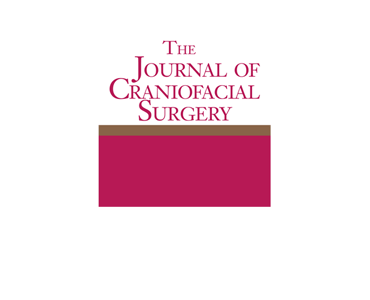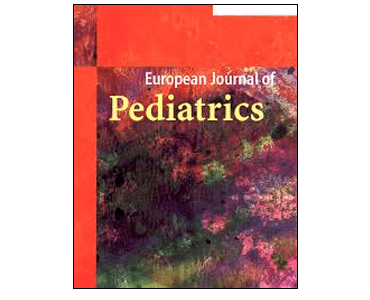Three-dimensional evaluation of the alar cinch suture after Le Fort I osteotomy. B van Loon, L Verhamme, T Xi, MJJ de Koning, SJ Bergé, TJJ Maal.
Date: October 2016. Source: International Journal of Oral and Maxillofacial Surgery, Volume 45, Issue 10, Pages 1309–1314. Abstract: Orthognathic surgery has an influence on the overlying soft tissues of the translated bony maxillomandibular complex. Improvements in both function and facial appearance are the goals of surgery. However, unwanted changes to the soft tissues, especially in…
Details







